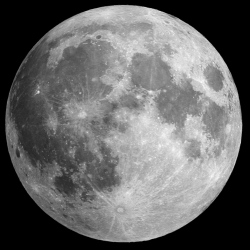
Russia is planning manned mission to the Moon that will require from four to six launches of the Angara-A5V heavy-lift carrier rocket from the Plesetsk and Vostochny spaceports. A manned flight to the moon is possible under a scheme envisaging two coupled launches.
First, a lunar take-off and landing complex is placed on a low Earth orbit, and then the upper stage with effective cryogenic propellants is orbited. The third launch orbits a manned spacecraft, and the fourth, another upper stage. After docking of the lunar take-off and landing complex with the manned spacecraft on the lunar orbit, the crew descends to the Moon surface inside the lunar take-off and landing complex, carries out the research program and returns to orbit. After that the spaceship returns to Earth.
Also, another coupled Angara-A5V launch will be needed before the manned flight to deliver and deploy the first expeditionary unit of the lunar base on the Moon. Under the proposed scheme, after the orbit placement, the complex with a total weight up to 70 tonnes will be docked with the manned spacecraft, after which it will fly to the Moon. A payload of 18-20 tonnes will be delivered to the lunar orbit by the end of the mission.
According to a preliminary plan, Russia’s first manned flight to the Moon is possible in 2029. One year ahead of that it is planned to conduct a flight around the Moon, the testing and qualification of space systems for the future manned landing. However, this project may become a reality only if the work to create a new-generation manned transport spacecraft, the Angara-A5 rocket, lunar boosters and other needed rocket and space technology and infrastructure is included in the draft Federal Space Program for 2016-2025.
In September, Russia’s Federal Space Agency Roscosmos announced that it will send a lander, Luna 25, to the Moon’s south pole in 2024. After touchdown, the lander will investigate the lunar surface for future lunar bases. The Luna 25 mission was initially proposed in 1997 and has since suffered a number of delays, but it seems that with Europe’s aid the mission could finally get the jump-start it needs. Construction of the spacecraft has already begun.
